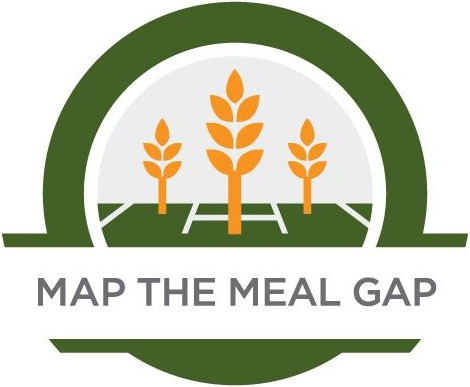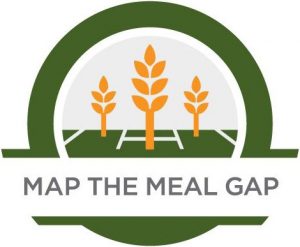
The Right to Food in the United States – What can we do on the local level?
It’s time for the United States to support the human right to food. Every person must have access to safe, nutritious, and adequate food obtained in dignified ways to be healthy and have an adequate standard of living. Our federal government should commit to respect, protect and fulfill the right to adequate food and nutrition, as almost every other country in the world has done. Recent assaults on federal food assistance by our government have stirred public outrage, as well as resistance from more moderate members of Congress. But the problem goes deeper than threats to food access in the current administration – the solutions need to be made comprehensive and accessible.
United States opposition to the right to adequate food and nutrition (RtFN) has endured through Democratic and Republican administrations. Nevertheless, post-World War II bipartisan programs in support of food and economic security were greatly improving hunger and poverty until they were reversed in the early 1980s. Combined federal and private food assistance cobbled together since that time has not been adequate to prevent steady or rising hunger and food insecurity in the U.S. on national and local levels. In Vermont, the latest available data (2013-2015 average) tell us that 6.3% of households had low food security (reduced quality, variety, or desirability of diet) and 5.1% had very low food security (reduced food quantity or disrupted eating patterns because of not having enough money or resources). This problem is especially serious in households with children: nearly 1 in 5 children in Vermont doesn’t have regular access to enough food for a healthy, active lifestyle.
We shouldn’t be surprised: private charitable food assistance, such as food banks and pantries, and government food assistance such as the Supplemental Nutrition Assistance Program (SNAP) and WIC cannot end hunger and food insecurity. These programs do not address the root causes of food insecurity such as racism, falling real wages, and rising inequality in income and assets. People at the front lines of hunger and food insecurity do not participate in the design and implementation of US programs. Nor do these programs respond to chronic food insecurity by building robust, diversified, sustainable, and decentralized food economies. There is no popularly conceived, comprehensive plan in the U.S. with measurable benchmarks to assess the success or failures of the present approach. Therefore, our capacity to hold government actors accountable to progressively improving food and nutrition status is ultimately constrained. All of these actions are part of putting the RtFN in action. Countries endorsing the RtFN and taking steps to make it real (e.g., Brazil, France, all Scandinavian countries, Eastern European countries, Japan) have a lower prevalence of moderate and severe food insecurity than the US, even when their GDP is much lower than the US. For a look at how U.S. food security is broken down geographically, please click on the graphic, below:

Although nobody expects action at the federal level anytime soon, support may be feasible at town, city and state levels. Democratic action is often most effective and possible when people know and encounter each other regularly, and can hold each other accountable. Middlebury and Vermont could support the RtFN, even without federal action, in many ways. We could look for guidance to many other places around the world that have created programs in line with the RtFN, then develop a plan for eliminating hunger and food insecurity that could be a model for other cities and states.
To find out more about the state of food security in the U.S., please see the following resources.
USDA Economic Research Service

Molly Anderson is MNFC’s newest member of the Board. She teaches at Middlebury College about hunger, food security, food sovereignty, and ways to “fix” food systems. She works to improve our food system with national and international organizations, as well as through MNFC.



